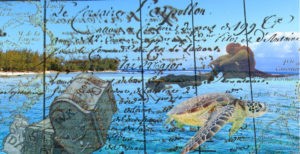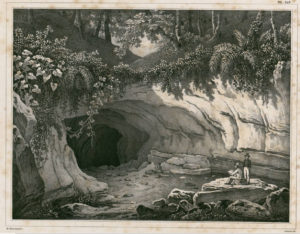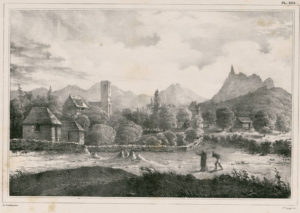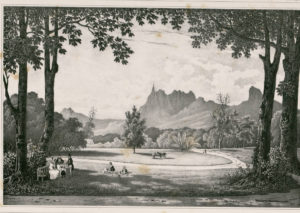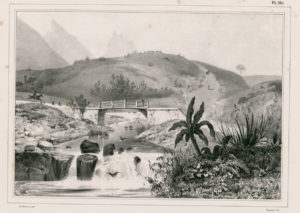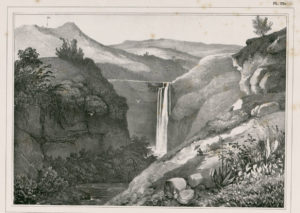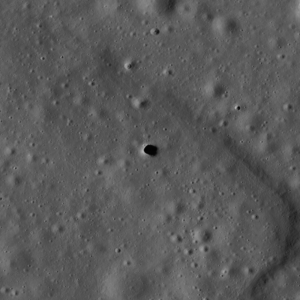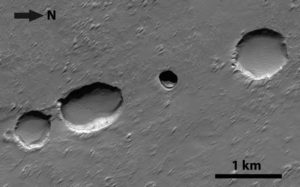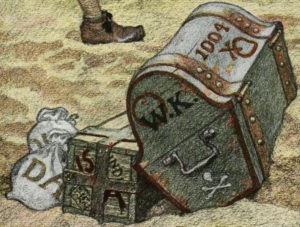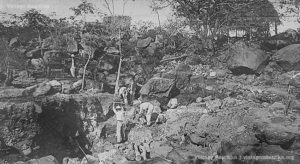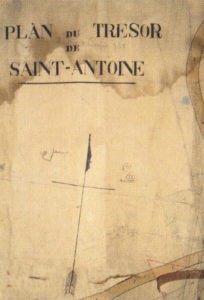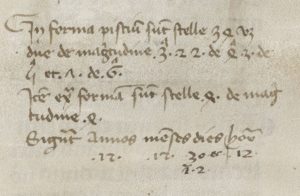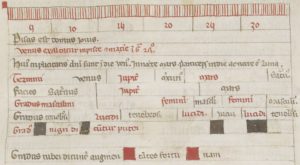A little while back, the Yale’s Beinecke Rare Book & Manuscript Library announced that it would be allowing a specialist Spanish publishing house called Siloe to produce a short-run facsimile edition of the Voynich Manuscript.
The story was covered in El Pais back in December 2015, months before Siloe’s people had set their painstaking 18-month production process in motion. (Annoyingly, the second illustration that El Pais included was of a modern reinterpretation of a Voynich Manuscript drawing, *sigh*.) But even then, Siloe’s owners could clearly see the financial upside of the project:
“What really excited us about it was that it is one of the most requested books in the world for exhibitions, so it’s much simpler for an institution like the Beinecke Library, rather than having to loan the codex out all the time, to be able say that there is an exact replica that a Spanish publisher has printed that you can use. This was a good argument for persuading them to give us the project.”
In fact, few people outside of academia or museums even know properly what a facsimile edition is – it’s a copy of a book (usually a rare manuscript) that reproduces the original’s physical state as closely as practical. That is, it is not so much a printed set of scans of the original book’s pages as a brave attempt to reproduce the original object’s overall physicality – its page feel, page weight, waterstains, holes, stitches, binding stations, and all.
As you can imagine, this bravery takes a great deal of time and effort to achieve, not only in terms of the actual printing (which is extremely hard for normal pages, but the Voynich Manuscript also has a number of unusually complicated fold-out pages to deal with), but also in terms of things like getting the basic shape, texture and feel of the pages right, and even scanning the pages in a completely different way from normal. It’s a big, tough old job, however you look at it.
£6000 and up
In due course, the plan is for Siloe to place 898 facsimiles of the Voynich Manuscript on sale for around £6000 each: which, if they sold them all, would net them several million euros. All of which is surely enough to make a crypto guy or gal struggling away in their research garret wonder whether he or she is in the right bloody business. 🙂
But all the same, £6000 is a lot of money for a book, however much hard work has gone into making it. So apart from a small handful of (oxymoronic) cash-rich museums or libraries, who exactly would be ponying up their painfully-amassed cash for one of these improbably splendid facsimiles?
Well, it’s fairly hard to say. The Beinecke itself would want one to palm Voynich tourists off with: but it would be a remarkably inept set of negotiations that didn’t allocate at least one of the copies as complimentary. Siloe say that they have not far from “300” clients already eagerly splashing their cash for a copy: but in the ever-bullish world of press releases, it’s hard to be completely trusting of what any publisher asserts about pre-sales.
Even so, I’d personally be surprised if they had pre-sold a lot more than a hundred up until last week: which was when the all-wise Goddess of PR made them a gift they could not refuse…
The AFP Story
Two weeks ago, I was contacted by Madrid-based AFP journalist Marianne Barriaux, who was about to go to Burgos to interview people at the Siloe publishing house about the Voynich facsimile project, asking me if I might be available for a phone interview on the subject. Three days later, she emailed back to say not to worry, she’d since found Rene Zandbergen’s site and so now had no need to speak with me. Which was nice. 🙂
So really, it wasn’t a huge surprise to me that when the AFP story broke a couple of days ago, it was quickly picked up by numerous newspapers – Guardian, Daily Mail, Telegraph, Washington Post and so forth.
What did AFP do right in August 2016 that El Pais did wrong in Dec 2015? August is renowned in the UK press as the “Silly Season”, when the paucity of content (and a lack of journalists not on holiday) can lead B- stories to get trumpeted as if they were A+ stories… and sadly, this is what seems to have happened here. Timing is everything!
Still, the AFP news story is probably the best thing that could have happened to Siloe: chances are that they’ve had a load more pre-orders arrive over the last weekend. Break open another bottle of cava, chaps: happy days.
BBC World Service Newshour
For a 3-minute audio version of my take on the whole story, I was interviewed last night by Julian Marshall for the BBC World Service’s Newshour programme.
The point I tried to make (and that managed to somehow survive the edit) was simply that the Beinecke wasn’t making this Siloe facsimile available to encourage amateur codebreakers to take on the challenge of cracking Voynichese: really, it had done that extremely effectively back in 2004 when it had released its first set of high-ish resolution scans of the Voynich Manuscript’s pages. One might argue, from the continuous attention from the whole crackpot spectrum the Beinecke has had ever since, it was wildly successful in that regard. Success isn’t always what you want it to be, it would seem. 😐
Yet the Beinecke, I believe, would now dearly like to wrest control of the Voynich away from the nutters, and instead hand it over to academics: and so the real point of allowing top-end facsimiles to be made, I would argue, is that its curators want to legitimize the Voynich Manuscript in the eyes of academics as a genuinely interesting historical artefact, one well worthy of study and close analysis (even if we still can’t read a word of it).
However, up until now, the Voynich has been something far closer to Kryptonite for those of Academe who dare to step up to the line: its quicksand of uncertainty sucks in and annihilates reputations, not makes them. And so – sadly – it is hard not to conclude that it will probably be a very long time before the crackpot contingent leave the Beinecke and its forlorn manuscript behind… a very long time indeed.
But What About *The Other* Facsimile?
The first sort-of-but-not-really-a-facsimile edition (i.e. just a set of colour images) was published by Jean-Claude Gawsewitch in 2005 (I always bring my now rather tatty-from-overuse Gawsewitch to Voynich pub meets and talks), though now there are a whole load of similar books, and of wildly varying quality. But if you want to see the best quality images, download them for yourself from the Beinecke’s website.
But lost in all the painstaking mire of Siloe details is the fact that the Beinecke has also produced its own mid-market coffee-table-style photographic facsimile-stylee reproduction, and will be publishing “The Voynich Manuscript” on 6th December 2016, just in time for Santa Claus to get some stock in for your stockings (or alternatively, Yale Books will happily take your £35 pre-orders now, so feel free to step right up, Good Ladies and Gentlefolk of the Interweb).
The publisher’s blurb for this (other) Voynich Manuscript facsimile says:
The essays that accompany the manuscript explain what we have learned about this work-from alchemical, cryptographic, forensic, and historical perspectives – but they provide few definitive answers. Instead, as New York Times best-selling author Deborah Harkness says in her introduction, the book “invites the reader to join us at the heart of the mystery.”
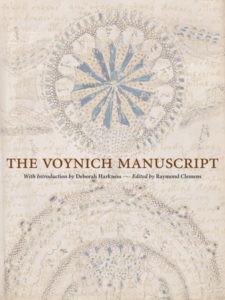
So fear not! Even if your book budget won’t stretch (as mine certainly won’t) to a Siloe-style Voynich Manuscript facsimile, Yale Press’s coffee-table sort-of-facsimile will be far less likely to break your bank.
For me, it’s probably time to replace my ten-year-old Gawsewitch: the only downside is that I’m likely to have to grit my teeth in sharp disagreement with at least half of the essays at the front… but you knew that already. 😉
